





With the increasing use of VR, one question that brands need to consider is what the future of virtual reality advertising looks like. I believe that in order to really understand what the future may hold for VR advertising, we need to look at how this technology will evolve in coming years. The most exciting development I’ve encountered in the VR space recently is SpatialOS, a cloud computing platform developed by Improbable. The platform’s USP is the ability to ‘stitch together multiple servers and game engines’ in order to power massive, persistent virtual worlds.
So what is a ‘persistent virtual world’?
The concept of persistent virtual worlds has been around since the 1970’s, and while there are different types of persistence (game persistence, world persistence, data persistence) the goal is the same: to maintain a virtual world that is shared and viewed by all experiencers. Yes, we’re talking about the metaverse. Persistent, shared, virtual spaces.
But let’s back track a second and talk about the multi-populated virtual worlds we’re most familiar with — games. Largely speaking there are two types of multiplayer games: persistent and non-persistent. The principle of non-persistent games will be familiar to even the most novice of gamers; you enter into a world with your friends and play within it, until you end the game. Once the game has ended all your actions and your friends actions within the game will be lost.
Imagine you’re playing a WWII first-person shooter; you and your friends storm the beaches of Normandy and lay waste to the incumbent Nazi forces. During the game you send a rocket-propelled grenade into a heavily fortified bunker which explodes in dramatic style. You and your friends win the day and you end the game. Later you return to replay the game and find that everything has been restored, and that bunker you destroyed has returned without a scratch, the NPCs have been reset, and the story starts from scratch. In this example the world has not persisted. It has no memory.
Now imagine playing the same game but with persistence turned on. This time, on returning to the world you would find the bunker still in a million pieces. But what’s more, you’d also find the world has moved on. Other bunkers may have also been turned to rubble as players continue to play in your absence. Even without players the world may change; day may turn to night, virtual weather may reshape the landscape, and NPCs may continue to carry out autonomous tasks driven by AI. The world no longer exists just because you exist.
When we talk about virtual worlds this is the ultimate goal; a space with memory that people can visit and return to.
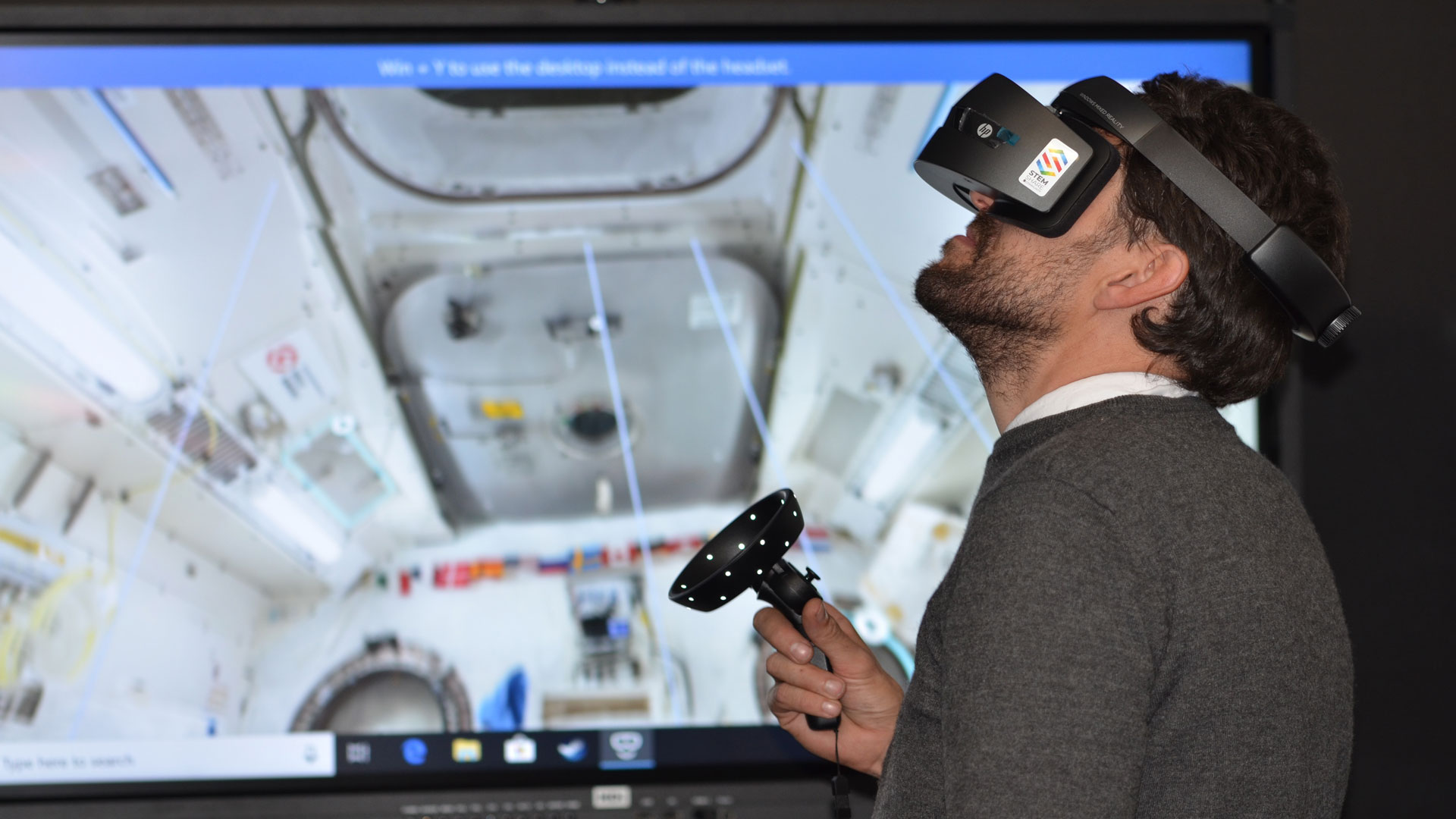
Why is this potentially game-changing for the advertising industry?
A lot of brands are now scrambling to create branded virtual worlds for their customers to explore, creating a new level of engagement that will, they hope, lead to greater conversions and more revenue.
In principle this makes sense. What better way to allow your customer to connect with a brand than to immerse them in a full body experience? This idea will quickly lead to branded metaverses; A CocaColaVerse. A ToyotaVerse. etc
But this is quite contradictory to the traditional advertising campaign model, where the primary tactic is to distribute the advert as widely as possible but for a limited timeframe. The traditional model is the equivalent of shouting in a room full of people; you’ll get noticed and your message will be heard, but you can only sustain it for so long before your throat will begin to get sore. It’s a single person’s telling of a story and has a finite timeframe in which to tell it. (The medium of film is very similar in this regard).
But VR – in its purest form – is very different to advertising and film. Virtual reality is the ‘yin’ to film/advertising’s ‘yang’. It doesn’t demand attention, instead passing control over to the experiencer. It encourages exploration and welcomes discovery.
But most importantly virtual reality doesn’t — or shouldn’t — have a definitive ending. Yes, there will be moments of conversion in any virtual reality experience (much as there is in life), where the experiencer completes a desired goal (perhaps making a purchase), but that shouldn’t be the end of the story.
This is the next big challenge facing the advertising industry – how does an industry that has become so used to telling linear, campaign-driven stories, adopt a medium that is built around facilitating emergent narratives in persistent worlds?
Some initial solutions come to mind:
1. Brands will no longer be able to get away with shortsighted campaigns
Virtual reality adverts will need to be designed with longevity in mind, especially if they are embedded within a persistent world. This means returning to the core brand values and ensuring that the message is focused on selling the brand rather than a particular product.
Products will come and go, and inevitably have a shelf life. Brands are more resilient.
2. Brands will also have to become smarter in the way they advertise within the persistent worlds
Replicating real-world techniques is both dull and lazy. No one wants to receive direct mail in a virtual world! Instead brands will need to embrace the freedoms afforded to them.
One technique that I expect to see used a lot in the future will be for the brand to assume a virtual persona, or avatar, and for experiencers to be able to interact with these non-player characters (NPCs) on an emotional level that feels far more aligned with the way we interact with call centres or brand ambassadors in the real world today. In some instances the NPCs — let’s call them ‘virtual brand ambassadors’ (VBAs)— will be overtly brand-driven, perhaps fulfilling the role of an assistant or concierge in the VR experience in order to help guide the experiencer in achieving a desired goal. Think J.A.R.V.I.S. in Iron Man — they’ll exist to serve.
In other instances the VBAs will be far less obvious, and could easily be mistaken for other experiencers who will also be occupying the virtual world. These covert VBAs will be designed to nudge you towards a brand in far more subtle ways. For example, imagine a ToyotaVerse populated by lots of different car models in a showroom type environment. The brand could subtly deploy covert VBAs to act as other customers in the space. They could then utilise one of Stanley Milgrim’s famous experiments by making all the VBAs focus on a particular model. This use of social proof — the tendency to assume that if lots of people are doing something or believe something, there must be a good reason—offers a powerful tool of persuasion.
3. Brands will need to embrace commentary
This is often seen by many brands as something to be feared. No brand openly welcomes the idea of customers sharing their opinions about them or their products, especially in an uncontrolled environment. But persistent worlds, by their very nature, are boundless places that are difficult to govern, this is their attraction of course. Picture a branded virtual world — CadburyVerse for example—where experiencers are invited to explore all the flavours of their Dairy Milk product range in a virtual Willy Wonka themed factory.
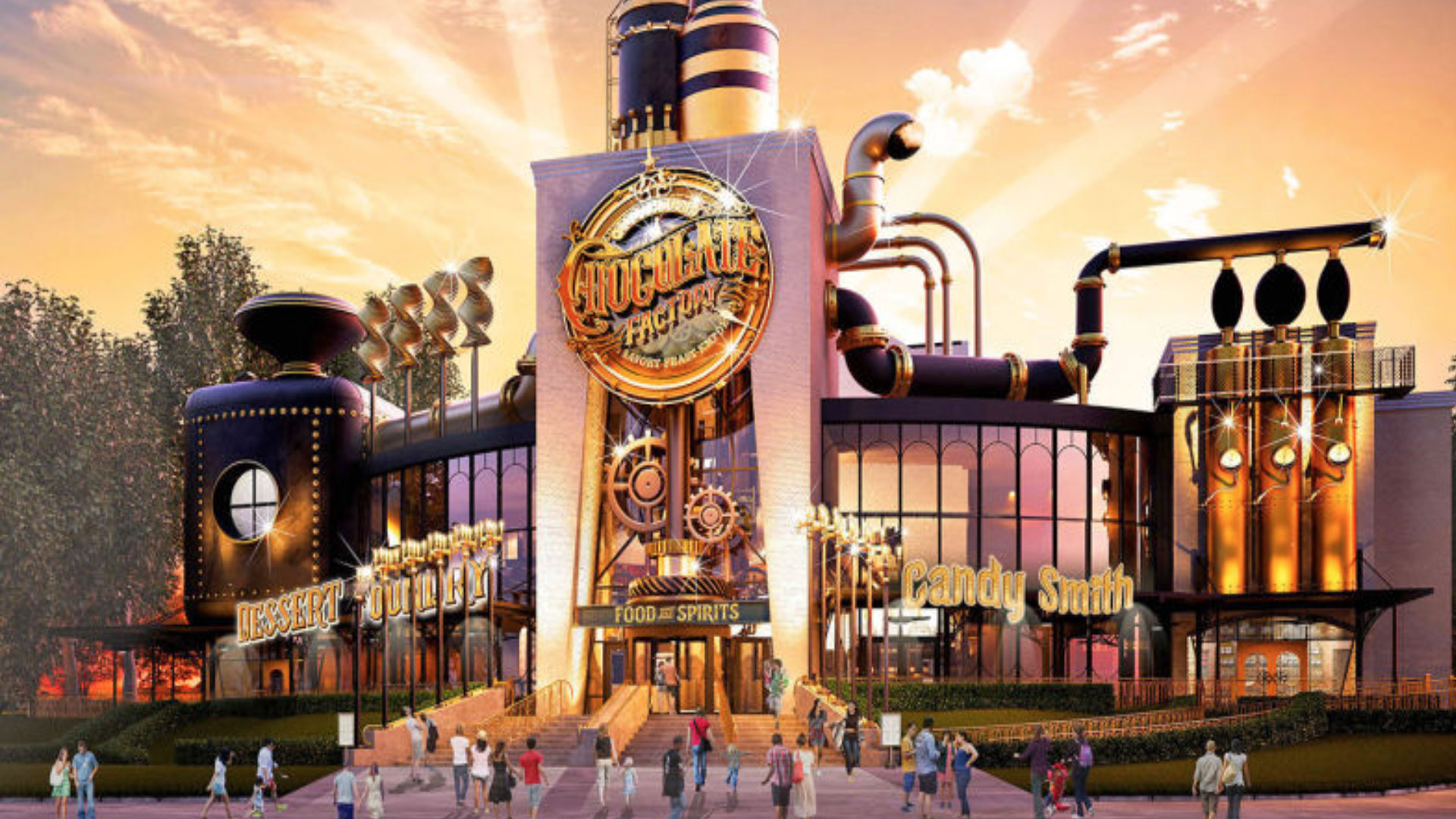
A branded virtual reality world concept for Cadburys
As the experiencer moves from room to room they get to interact with flavours in unique and engaging ways. Now imagine that every experiencer has the ability to leave messages in the virtual world. Notes left behind to guide other experiencers may read:
Make sure you try one of the bottles in the Fizzy Drinks room – you’ll get to experience a flying sensation! @George_B or Avoid the Fudge room. I think Cadburys ran out of ideas by this point! @Joe_G
These virtual signposts will provide compelling and powerful prompts for experiencers, making them far more likely to invest in the experience and, subsequently, the brand. This is social proof at its most authentic and effective and persistent worlds are key to this, as they allow these messages to endure.
There is also a host of benefits:
4. Brands will need to become creative with data
Increased biometric data capture will enable even more personalised ad targeting within virtual worlds. But it will also empower brands to provide more meaningful experiences.
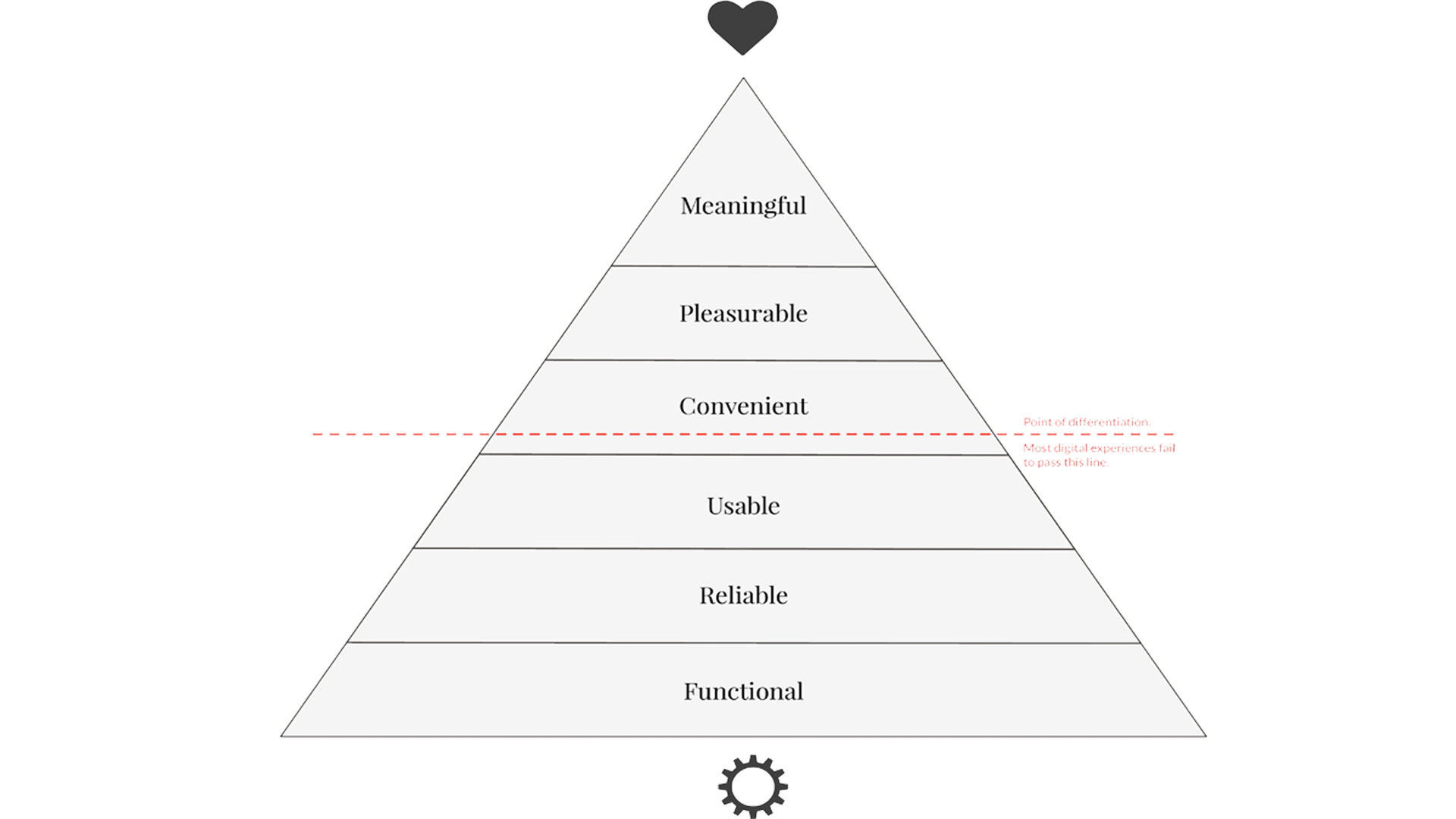
The UX Hierarchy of Needs
‘Meaningful experiences’ sit at the top of the UX Hierarchy of Needs, but are also the hardest to achieve. To create a meaningful experience, a brand needs to understand their customers at a deeply personal level. This means tapping into their relational capital in new and innovative ways. One idea would be to visualise the experiencer’s data within the 3D space, like Clément Pavageau’s Nike Zero Gravity concept below.
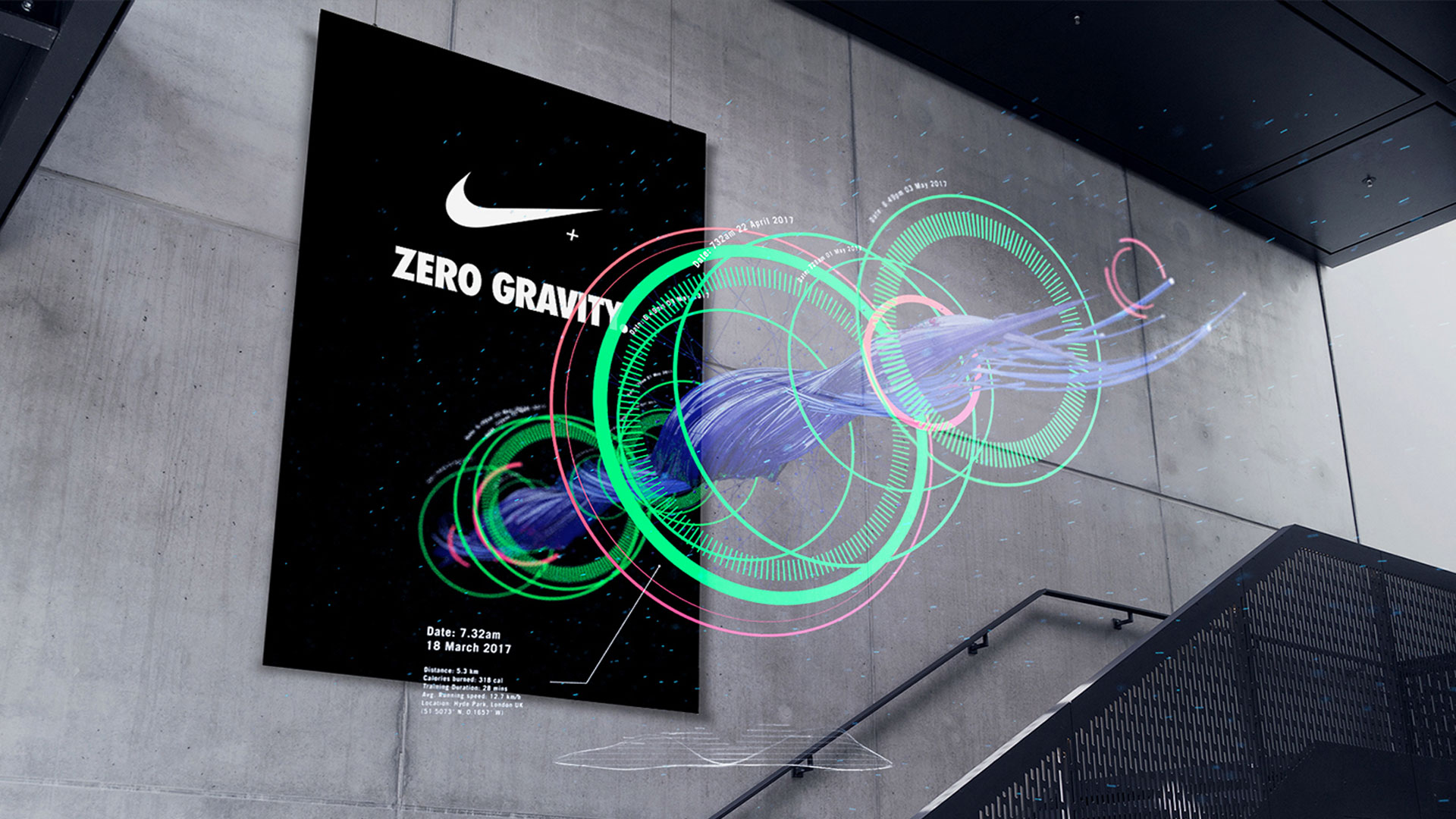
Nike Zero Gravity
Behavioural data in particular, will play an important role. The most obvious use being support with wayfinding, where world creators may consider leaving some design elements to the fate of data, such as a world where the environment lighting is controlled by footfall. In this scenario behavioural data is driving the narrative and encouraging discovery. Brands may be hesitant to relinquish this level of control, but the rewards could be worth it.
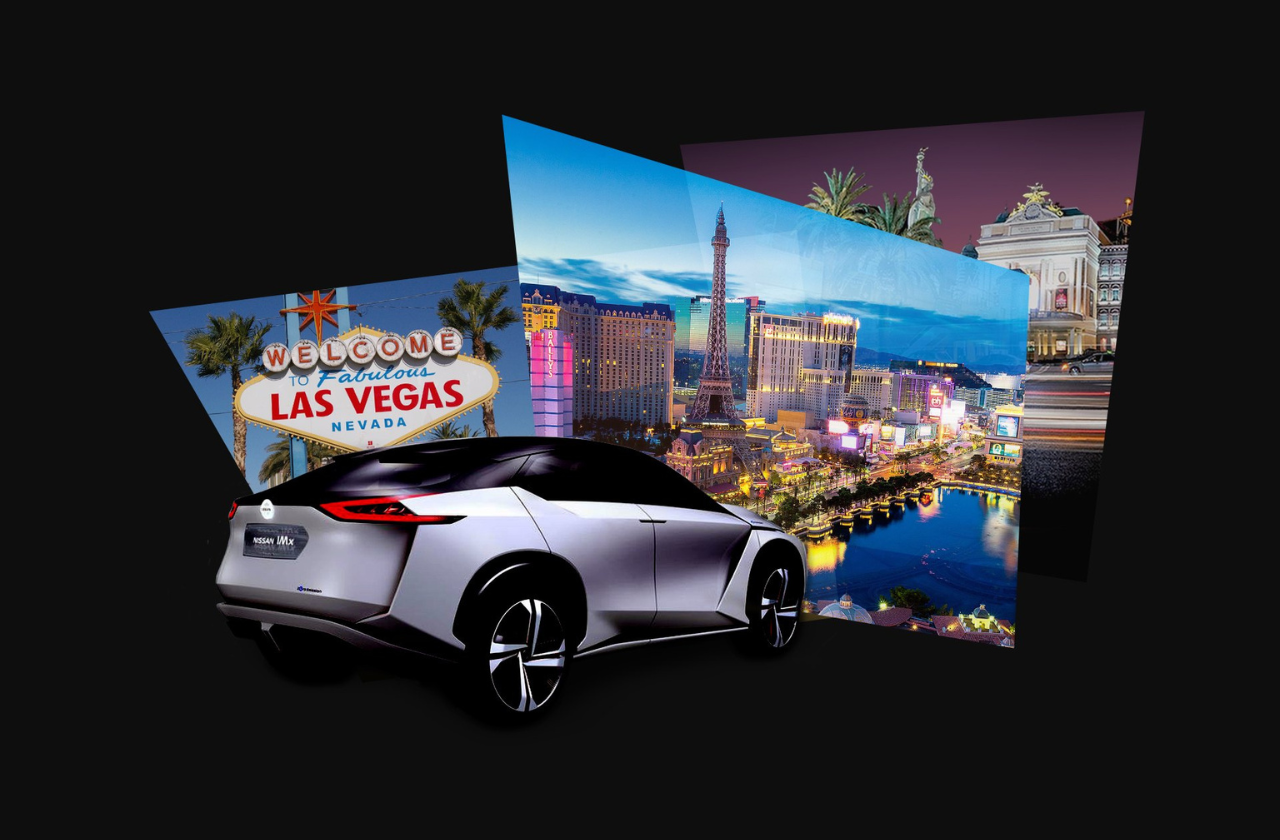
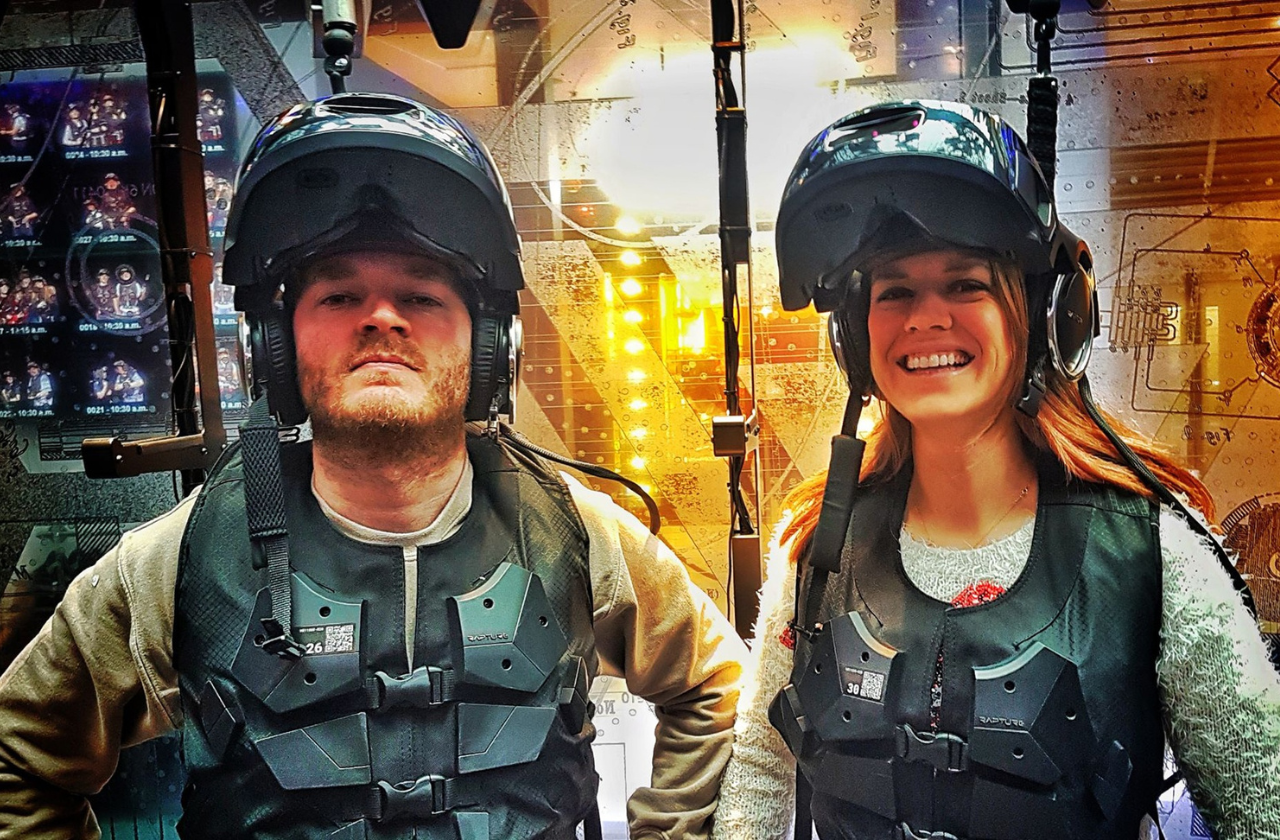

Our dedicated team dives deep, delivering relentless value and aligning digital solutions with your goals in a way that guarantees success
Learn more